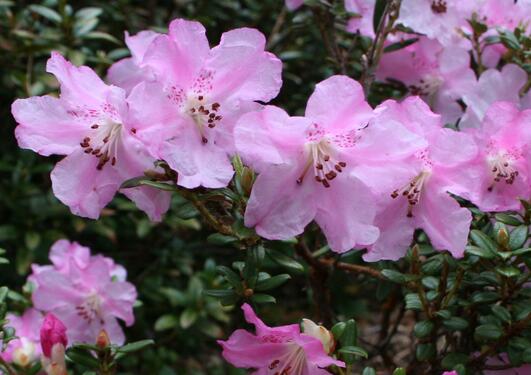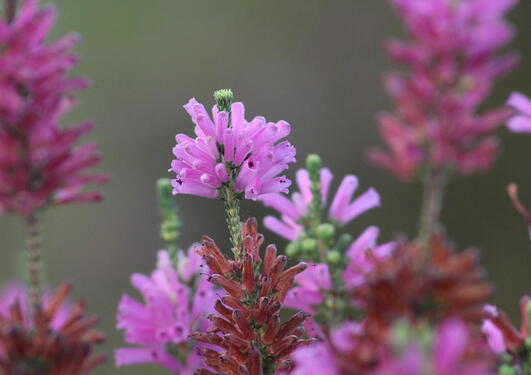Global initiative to save the Wollemi pine
Critically Endangered ‘dinosaur trees’ arrive at University Gardens for international conservation effort

Main content
Until an extraordinary discovery in 1994, the tree now known as the Wollemi pine –Wollemia nobilis – was known only to palaeontologists as a group of plants assumed to be extinct since the time of the dinosaurs. When a small number of trees was found by an Australian explorer and botanist, David Noble, growing in a remote gorge in the Wollemi National Park in New South Wales, it was the extraordinary first living evidence of this unique conifer beyond a fossil record that appeared to end over 70 million years ago.
This so-called ‘dinosaur tree’ is now classified as Critically Endangered on the IUCN's red list of threatened plant and animal species.
Since its discovery, there has been a concerted effort to insure the species against loss of the remaining wild trees. Fewer than 100 are left, growing 150 kilometres from Sydney, and they are increasingly vulnerable to threats from diseases and wildfires. In 2019-2020 they narrowly escaped being destroyed by wildfires which burnt more than 10 million hectares of land in eastern Australia.
Wollemi pines have been cultivated in private gardens and parks since 2005, but recent advances in genetic techniques have enabled Australian plant science and conservation experts to identify and breed plants that can better represent the remaining genetic diversity of Wollemi pines in the wild and safeguard them from extinction.
More than 170 young trees supplied by the Botanic Gardens of Sydney have now been distributed to 28 botanic gardens across Europe through Forestry England’s tree nursery at Bedgebury in the U.K., as well as to five Australian botanic gardens, and to one in the USA. Together these will represent a ‘metacollection’: a collection of collections, each shared by separate organisations but cared for collaboratively to research and conserve the species for the future.
The University Museum’s Bergen University Gardens are proud to be part of this international effort.
Michael Pirie, curator of the University Gardens’ Arboretum was at the official planting of Bedgebury’s six trees on 31st of October, whilst a matching six plants were already under the care of horticulturists at UiB. He says:
This kind of initiative, coordinated internationally between institutions with specialist knowledge and resources are essential for preventing plant extinctions. With the impact of habitat destruction, invasive species, and climate change, the global situation for biodiversity is dire. As botanic gardens and research institutes we can both support conservation of species in their natural habitats and, where necessary, provide a safe haven for species preserving the potential for reintroduction into the wild.
The University Gardens are also actively involved in global conservation consortia focussed on threatened species of Rhododendron, and of Erica, in collaboration with Botanic Gardens Conservation International, and on national initiatives for threatened species in Norway.




